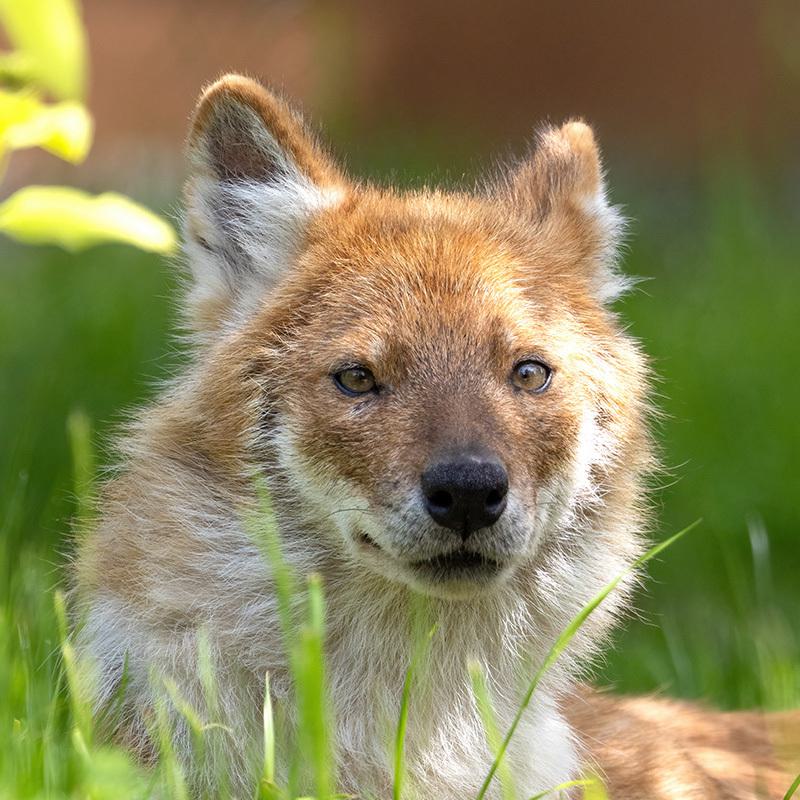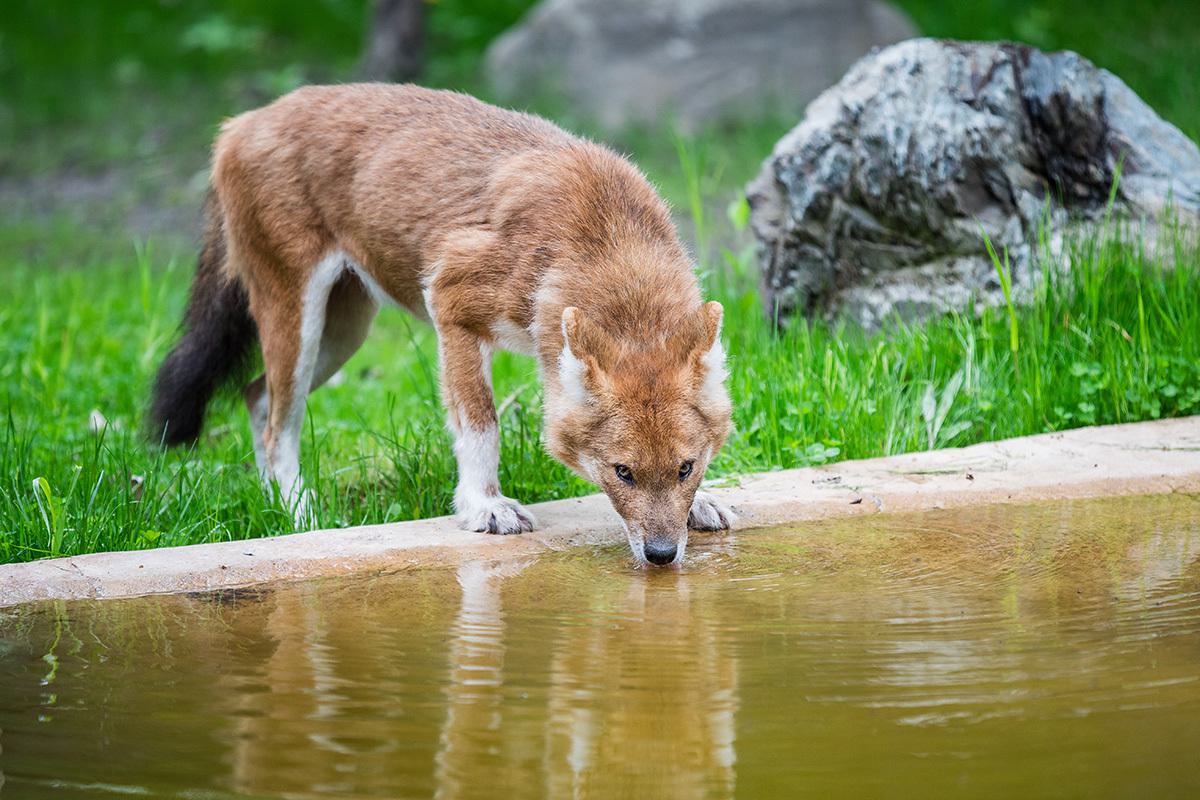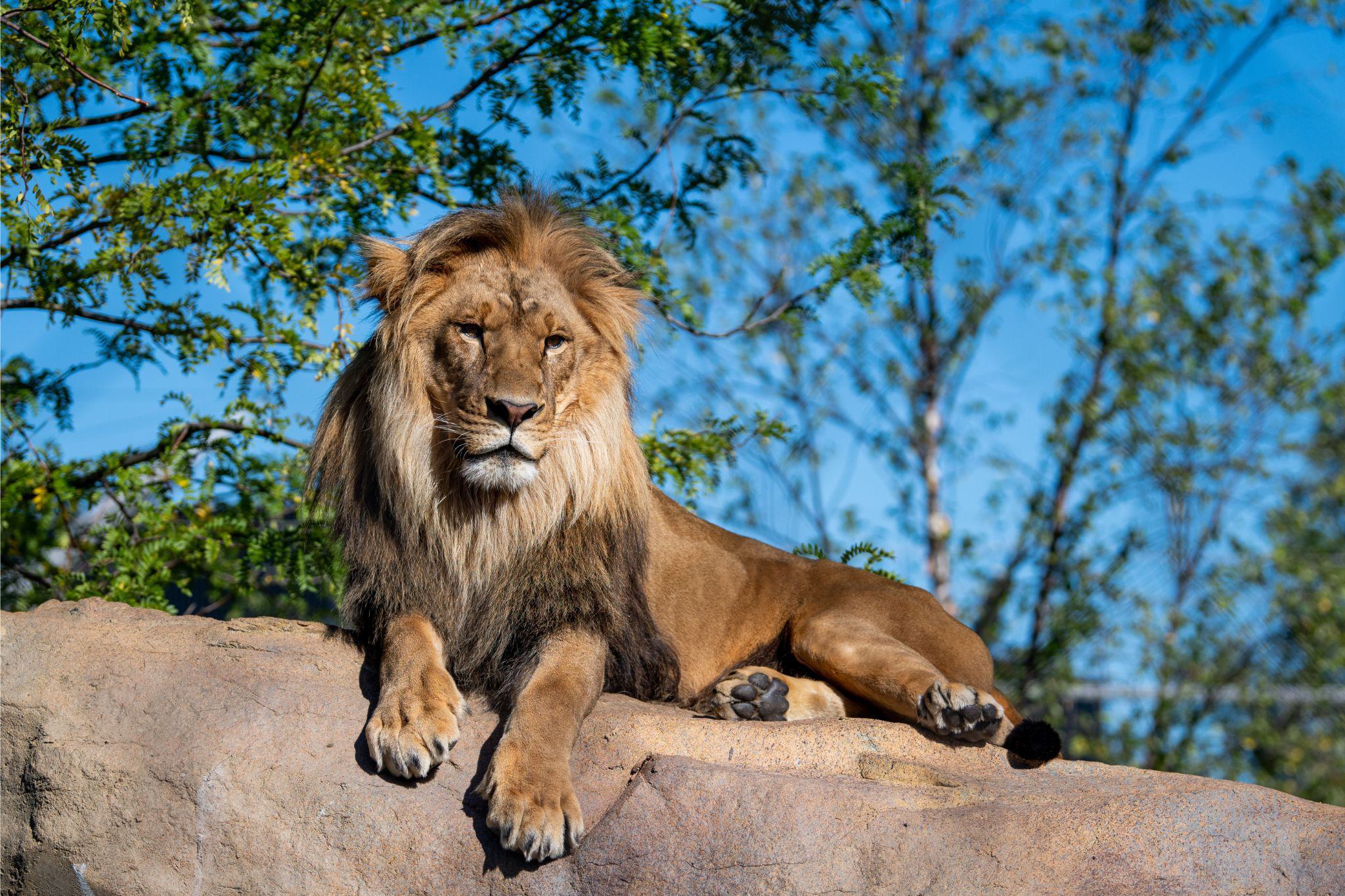Not Such a "Dhole"-ful Life in the Wild
You probably had never heard of the dhole before a pack of these striking reddish canids arrived at the Zoo. Yet, this is not some mysterious species isolated on a remote island: dholes are found in a dozen Asian countries, and much of South Asia once made up their full range.
Today, however, their populations are fragmented, with only about 2,500 mature individuals remaining in the wild. Fewer than 50 zoos worldwide house around 300 dholes and work together to help keep the species alive. To mark World Dhole Day, here’s a closer look at this discreet canid!
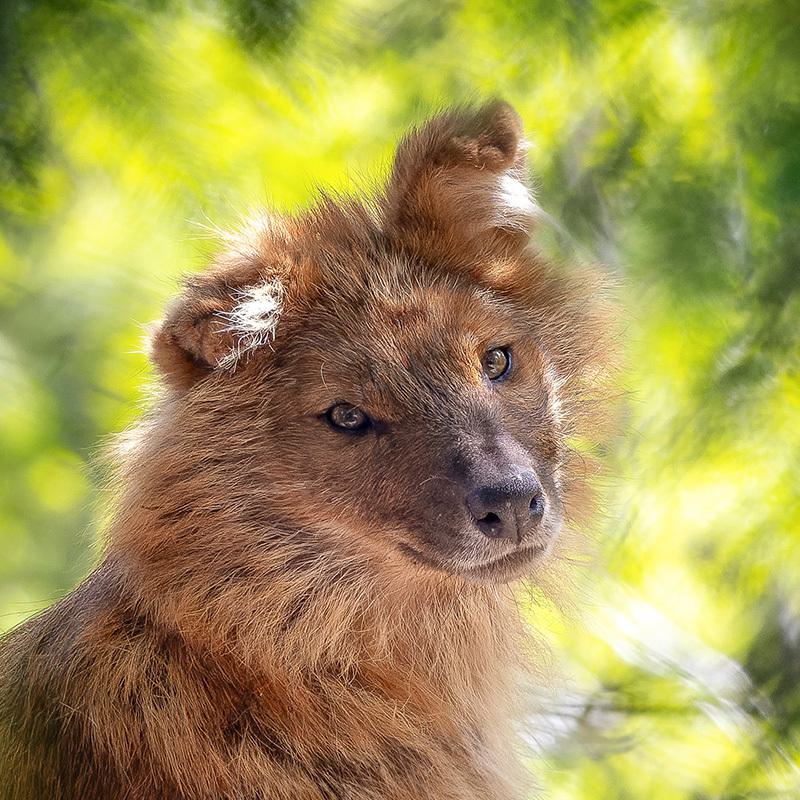
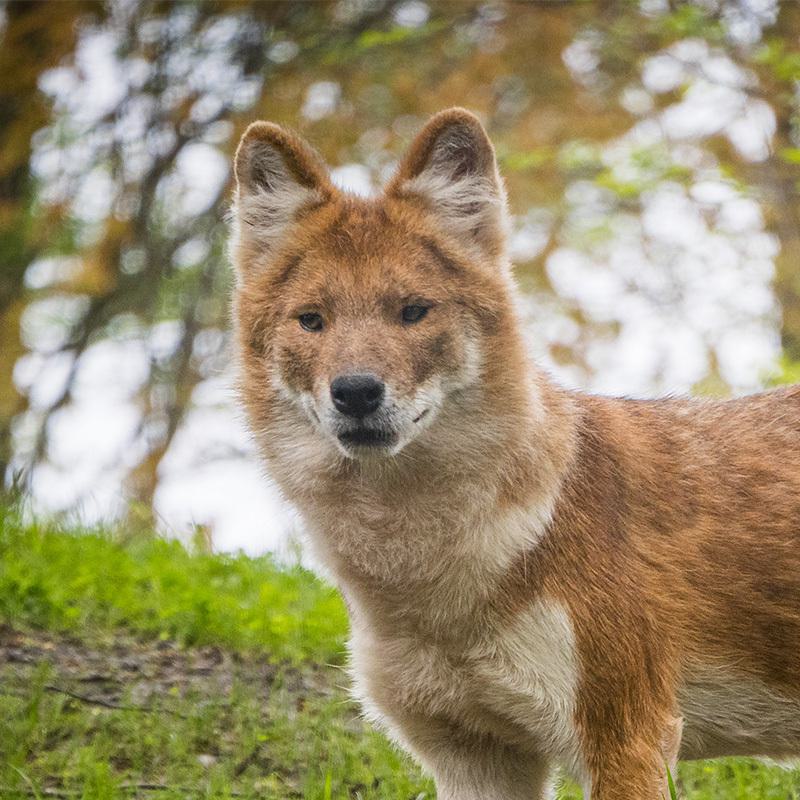
Getting to Know the Dhole
So, what exactly is a dhole? Built like a coyote or a jackal, it’s slightly larger, reaching up to 20 kg. Its beautiful coat ranges from tawny brown to russet red, while the throat, chest, and belly are cream-colored in adults.
One feature that clearly sets the dhole apart from many other canids is that it doesn’t howl: to communicate, pack members whistle to one another, earning it the nickname “whistling dog.”
The largest populations are found in Bhutan, India, Indonesia, Myanmar, Nepal, and Thailand. While it can adapt to a wide range of habitats (from humid tropical forests to barren alpine slopes), it’s the availability of prey that ultimately determines whether a pack can settle and thrive in a given area.
And that’s where the main problem lies: living alongside large and growing human populations, prey is becoming scarce, and the dhole suffers from a negative reputation.
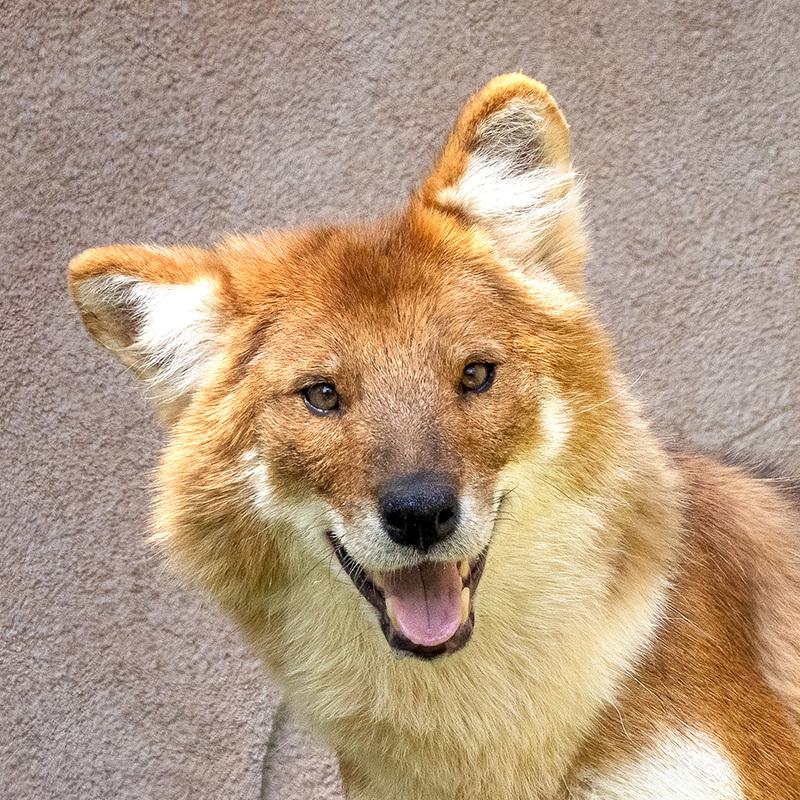
A Misunderstood Species on the Brink of Extinction
The dhole faces many of the same challenges as other large predators around the world: in addition to living in one of the most densely populated regions on the planet, it faces intense competition for habitat and dwindling prey with other top predators like tigers and leopards.
But above all, its main conflicts are with humans: dholes are in constant tension with livestock herders, who blame them for preying on domestic animals.
Rivalries with domestic dogs are not just physical; they also expose dholes to canine diseases, which can decimate entire packs.
Dholes are susceptible to rabies, mange, and parvovirus, reinforcing the belief that they are a threat to people and their animals.
Unfairly persecuted due to an undeserved reputation, the dhole, once abundant and widespread, is now at risk of extinction.
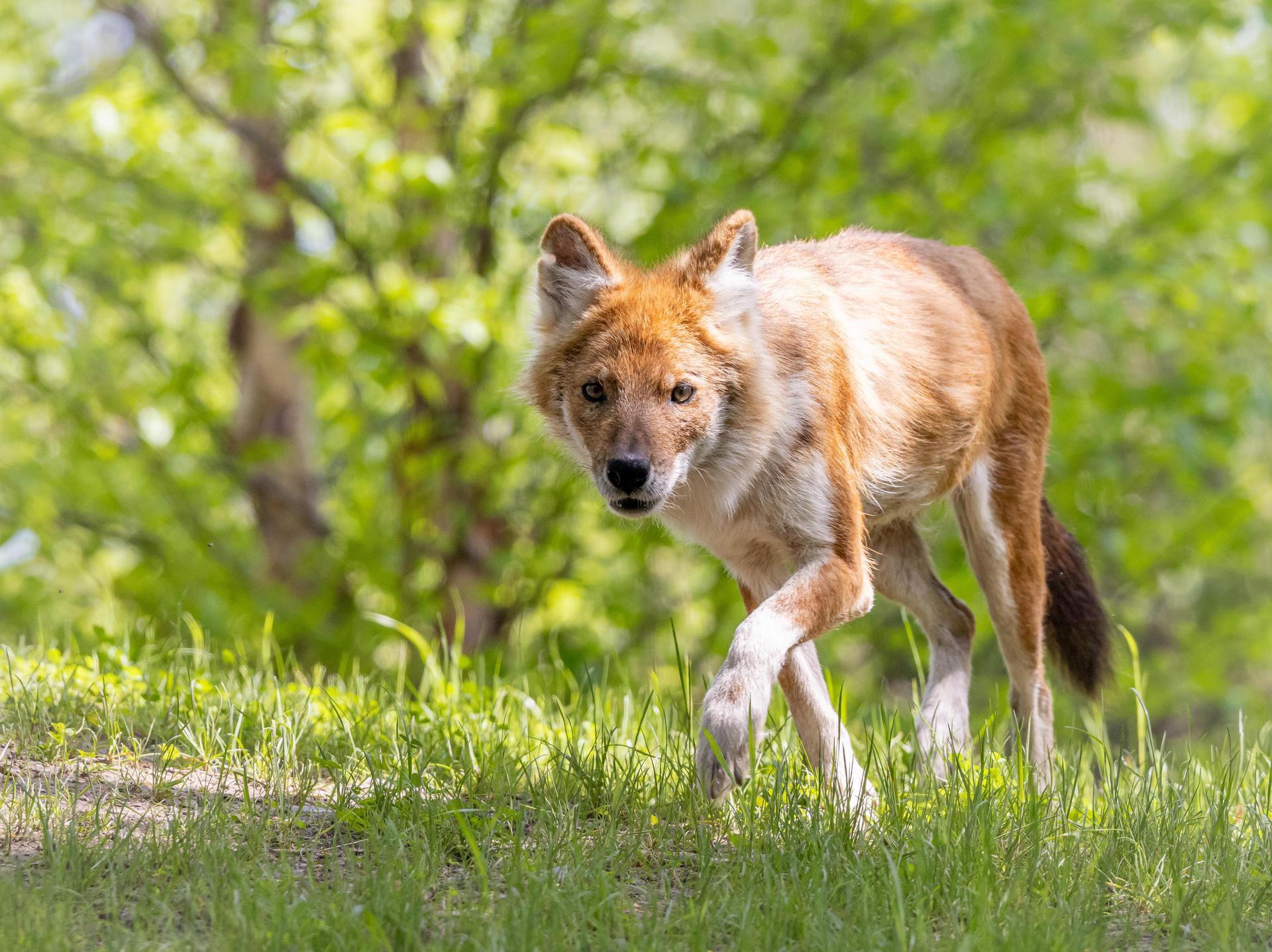
Understanding Their Ecological Role and Working Toward Recovery
The Zoo's Dhole Pack
Just over a year ago, Zoo de Granby welcomed two males and five females to form its first-ever dhole pack and introduce them to a curious public. Now well settled into their new environment, the hope is that a new generation will soon make its appearance, offering a glimmer of hope for the long-term survival of this stunning canid.
